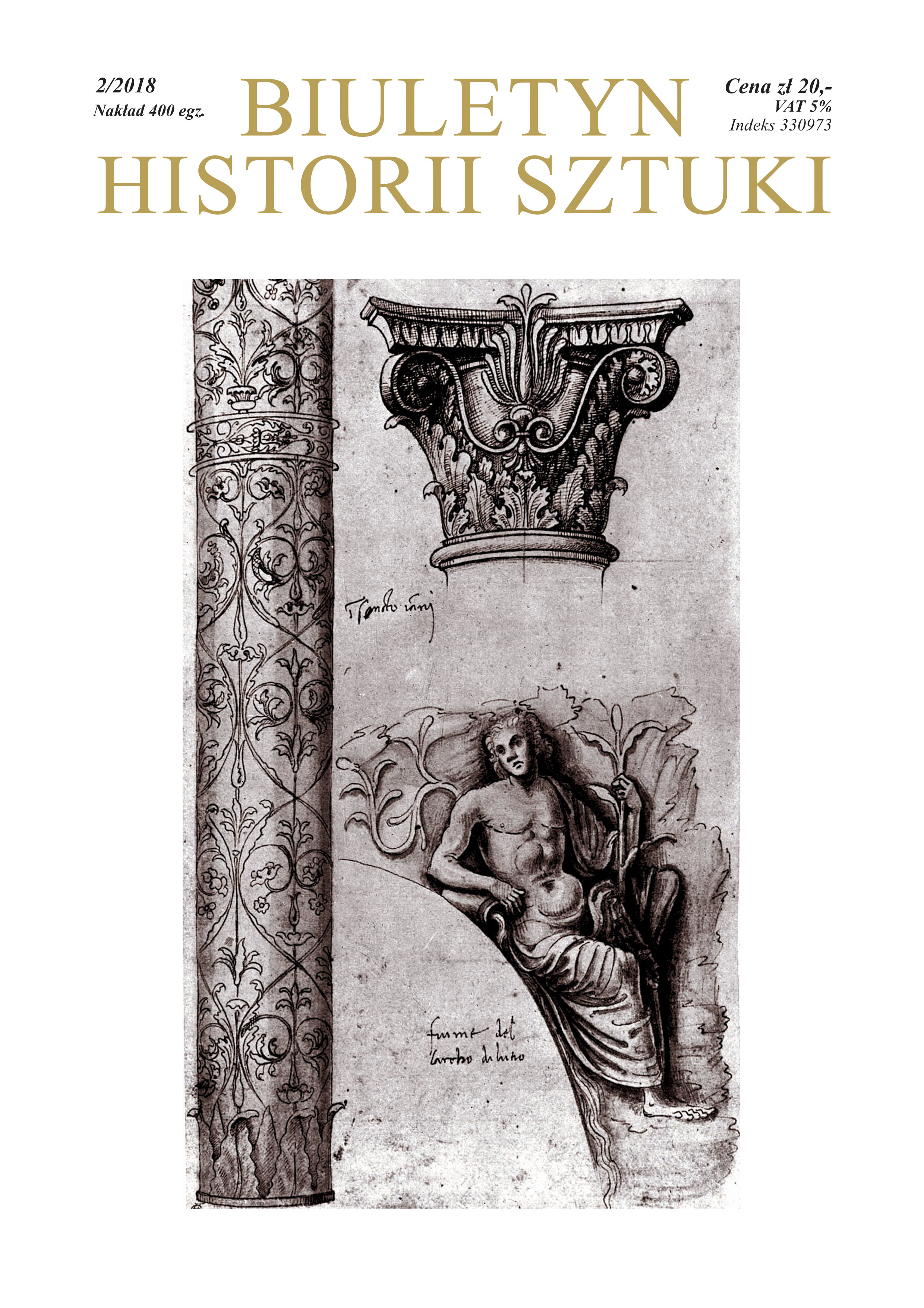Dzieje pojęcia „Wersal Polski”, czyli językowy obraz świata
The History of the Concept ‘Polish Versailles’, Namely the Verbal Image of the World
Author(s): Karol ŁopateckiSubject(s): Fine Arts / Performing Arts, Cultural history, Architecture, History of ideas, History of Art
Published by: Instytut Sztuki Polskiej Akademii Nauk
Keywords: Białystok, residence of the Branicki family; imitations of Versailles; description language for works of art;
Summary/Abstract: The History of the Concept ‘Polish Versailles’, Namely the Verbal Image of the World The article presents the circumstance of creating and applying the concept ‘Polish Versailles’ outside the Polish-Lithuanian Commonwealth. In Białystok, Jan Klemens Branicki created one of the most interesting palace and garden ensembles in 18th-century Europe. The phrase appeared for the first time in German-speaking press in 1752. Despite dozens, and if not hundreds of opportunities of recording sumptuous ceremonies held by Jan Klemens Branicki, the European elites became acquainted with the appearance of Hetman’s residence thanks to the book by Jean-Baptiste Chappe d’Auteroche published in 1768. The physicist described his 1761 trip, when heading for Tobolsk, he stopped only for several hours on the way in Białystok, and he visited the palace and the gardens. The facility was elevated to the rank of the most important palace and garden ensembles in the map of the Polish-Lithuanian Commonwealth published in 1772 by Giovanni Rizzi-Zannoni. Quite exceptional in this respect was the encyclopaedic publication of Anton Friedrich Büsching from 1754 who began endorsing the concept Polnische Versailles. At that time, under Izabela Branicka the palace was living its decline, while the sale of Białystok to Alexander I only slowed down the deterioration process. Büsching, the promoter of the description, verified his opinion in 1786, and stopped applying the concept. The symbol, written down in many popular books, however, survived, and was copied by numerous subsequent artists throughout the whole of the 19th century. The consequence was the clash of travellers’ expectations with the grim realities, this exemplified by the 1814 experience of Casimir Stanislas d’Arpentigny. Such a situation yielded the saying Similar like Białystok and Versailles, applied to describe two totally incongruous elements.
Journal: Biuletyn Historii Sztuki
- Issue Year: 80/2018
- Issue No: 2
- Page Range: 371-389
- Page Count: 19
- Language: Polish
- Content File-PDF

